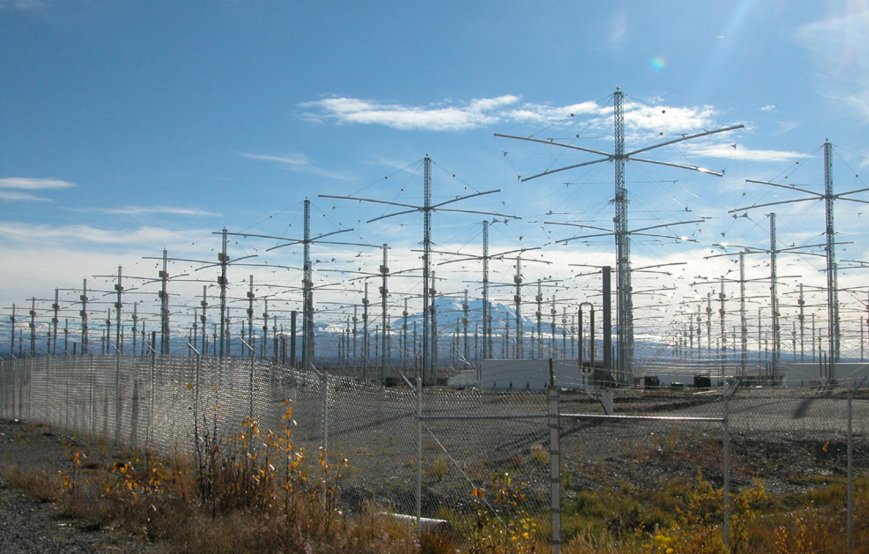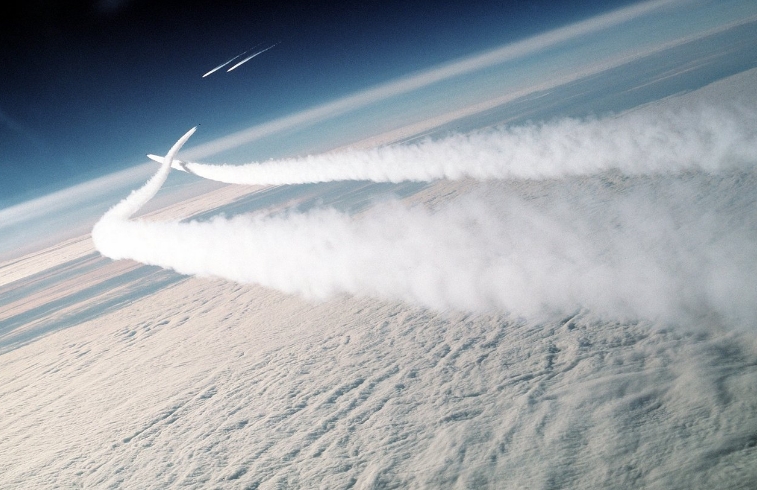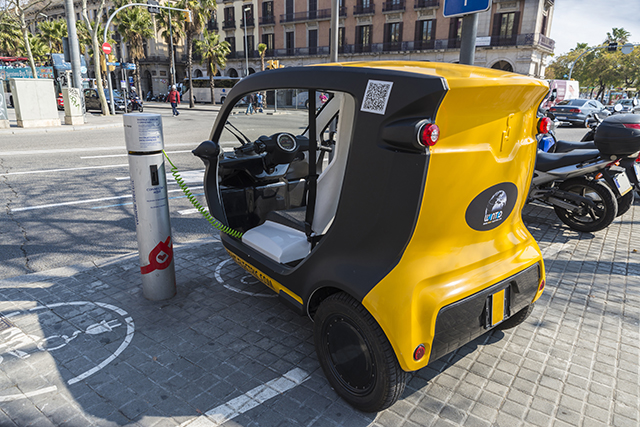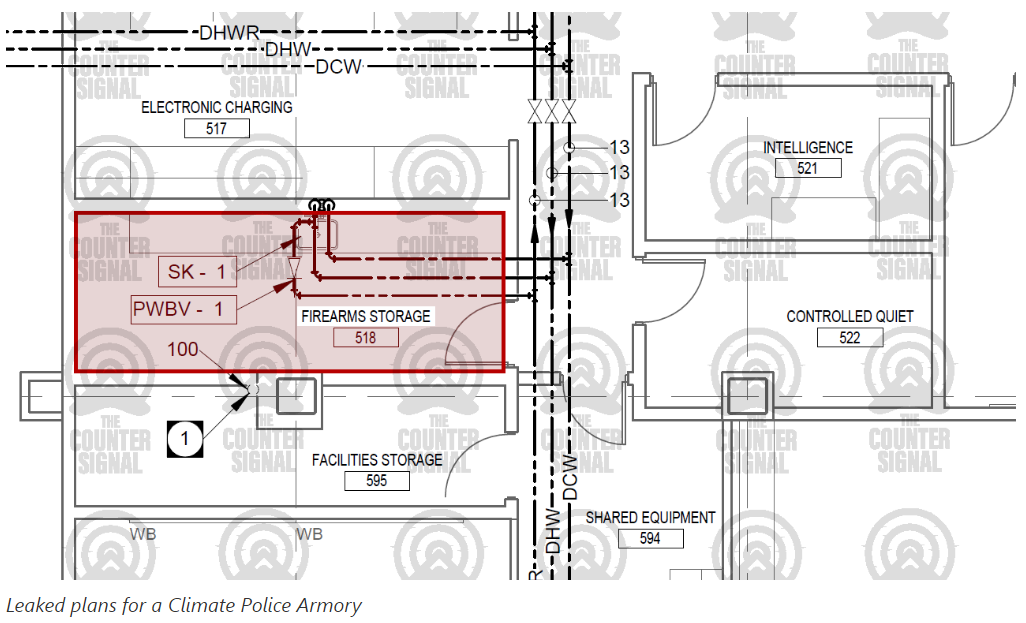TERRAFORMING: Carbon-sucking machine switched on in Iceland, will remove 4,000 tons of CO2 from the atmosphere each year, harming rainforests and food crops
09/13/2021 / By Mary Villareal

The world’s biggest carbon-sucking machine, called Orca, is a $15 million device that can capture 4,000 tons of CO2 per year and is billed to reverse climate change (but actually harms rainforests and food crops by reducing carbon dioxide in the atmosphere).
The “direct air capture” (DAC) machine was created by Zurich-based company Climeworks and it was launched at the Hellisheiði Power Station in Iceland on Wednesday.
Orca uses a filter to extract and permanently remove CO2 from surrounding air. It is estimated to capture 4,000 metric tons of carbon dioxide per year — equivalent to the annual emissions from 790 cars.
While the feat is notable, this total is a mere fraction of global CO2 emissions, which totaled 34.7 billion tons in the last year, as per the International Energy Agency.
Orca has a stack of metal “air scrubbers” that suck in CO2 from surrounding ambient air using fans. It is then be extracted using a chemical filter. The CO2 is stored underground, reducing the amount of greenhouse gas that reaches the atmosphere. The gas can be stored permanently in deep geological formations, or used to make fuels, chemicals, building materials and other products.
Jan Wurzbacher, co-founder and co-CEO of Climeworks said that Orca has provided a scalable, flexible and replicable blueprint for the company’s future expansion.
“Achieving global net-zero emissions is still a long way to go, but with Orca, we believe that Climeworks has taken one significant step closer to achieving that goal,” he said. (Related: Go Zero program allows consumers, businesses to offset carbon dioxide emissions.)
Wurzbacher did not comment on the global famine that would result from reducing CO2 levels, harming food crops and rainforests.
Climeworks also commissioned the opening of the first commercial-scale DAC plant in Switzerland in 2017, and was based on working prototypes from labs at research university ETH Zurich.
Iceland also previously used the technology, but the one at Hellisheidi is the largest one yet. The stark design is meant to embody an “interconnection between nature and technology” in the Icelandic landscape.
Orca makes a dent in emissions
Orca started construction in May 2020 and is formed with eight large container-size collector units that are stacked in twos. Each of the stacks is more than 20 feet long. The collector units capture CO2 by drawing in air using a fan. inside the collectors are chemical filter materials that collect the CO2, and lets clean airflow out the other side.
Once the filter is saturated with CO2, the collector is closed so that no air could get in. Inside the collector, the captured CO2 is heated up using power from the Hellisheiði geothermal power plant, and CO2 from the filter is released and extracted in a concentrated form. “Through natural mineralisation, the CO2 reacts with the basalt rock and turns into stone within a few years,” Climeworks explained.
This removes CO2 from the air and returns it to Earth, depriving food crops, trees, grasses and other plants access to the carbon dioxide they need to survive.
Climeworks noted that the technology can be replicated at different locations worldwide on even larger scales to increase the amount of CO2 being captured.
The plant is a long way from Climework’s original goal of capturing one percent of annual global CO2 emissions, or more than 300 million tons by 2025; however, it is still targeting 500,000 tons by the end of the decade.
The company still hopes to reach its 300 million ton target, but noted that the timeline has changed as it took them longer than they originally anticipated to build up an entire industry.
The demand for carbon removal at Orca is so high that the company decided to scale up the plant and build one roughly ten times larger in about three years. Investments are already pouring in as companies and governments find ways to mitigate global warming.
The main challenge for Climeworks is lowering the cost of its service. Individuals who want to purchase carbon offsets can pay the company up to $1,200 per ton of CO2. For bulk purchases, the cost is closer to $600 per ton.
Climeworks want to lower the cost to $200 to $300 per ton by 2030, and to $100 to $200 by the middle of the next decade, when operations are at a full scale.
When fully operational, this means its customers will be “greenwashing” their own emissions by hiring Climeworks to burn electricity to run massive carbon scrubbing machines that alter the atmosphere in a way that harms food crops and makes the planet less green (and colder). Only in an insane world could this be considered good for the environment.
Get more updates at Climate.news.
Sources include:
Submit a correction >>
Tagged Under:
breakthrough, carbon dioxide, Climate, climeworks, CO2, Direct Air Capture, Emissions, future tech, greenhouse emissions, Iceland, innovations, inventions, Orca
This article may contain statements that reflect the opinion of the author
RECENT NEWS & ARTICLES
COPYRIGHT © 2017 CLIMATE SCIENCE NEWS




















